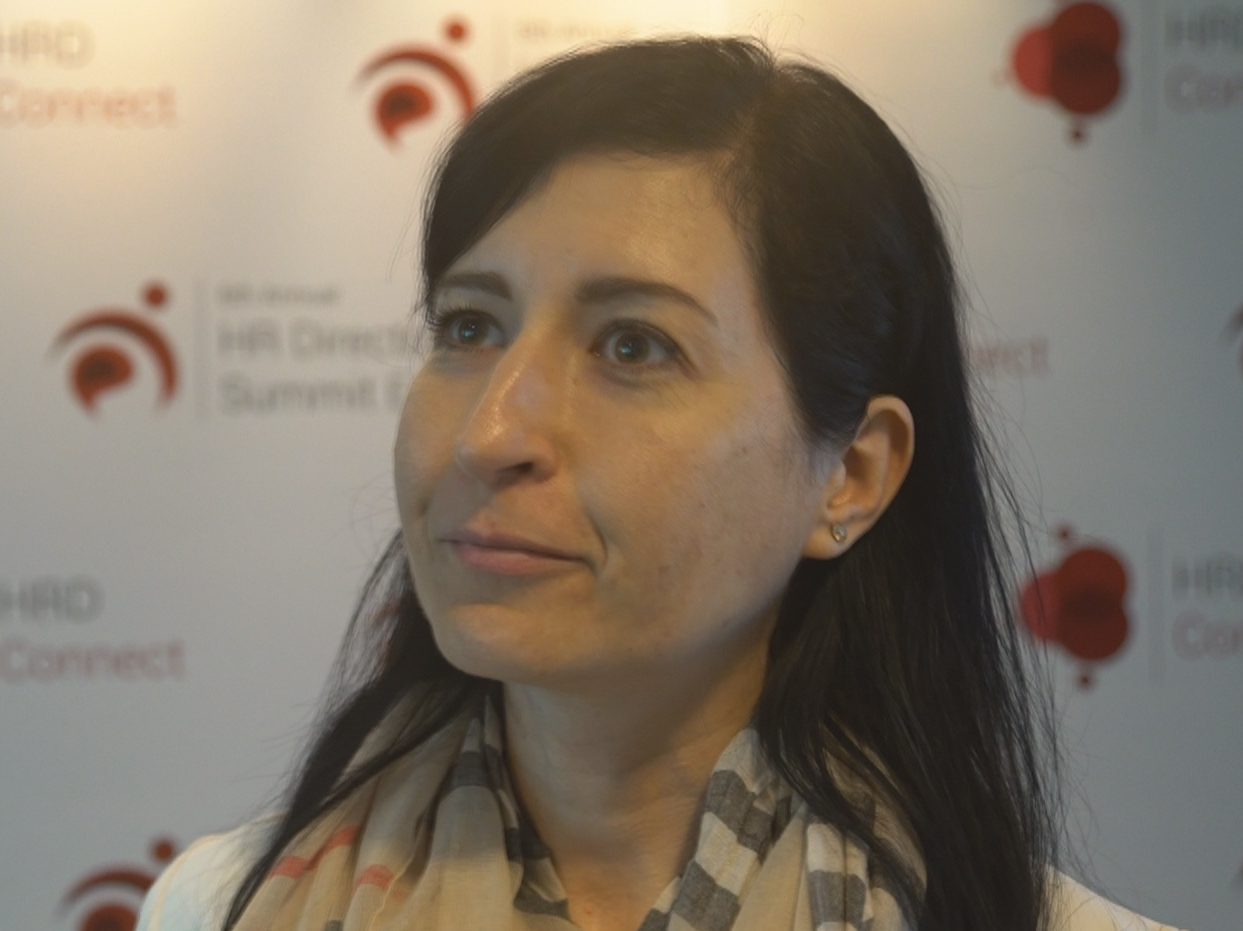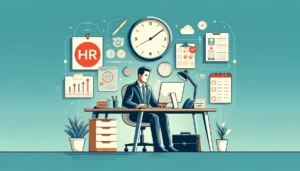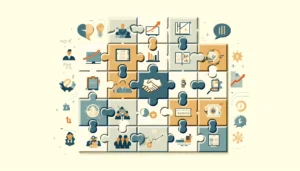MOL Group uses technology to embrace the needs of a new generation
- 5 Min Read
Addressing the needs of the youngest workers is one of the biggest challenges for businesses and HR professionals must play a key role.
- Author: Owain Thomas
- Date published: Sep 15, 2016
- Categories

Addressing the needs of the youngest workers is one of the biggest challenges for businesses and HR professionals must play a key role in providing the solution.
This includes using technology to improve how business critical processes such as recruitment operate.
MOL Group head of group capability development and strategic HR Vivian Oroz told HRD Connect that supporting newer employees was vital for the organisation.
“For the HR profession the biggest challenge is to tackle the new generation’s needs – it’s also for the business not only for HR professionals,” she said.
“It’s for the business. It’s a challenge because they have very different needs that we can actually answer.
“There are some companies, mainly in the IT sector, that can have the right answer because of their flexibility and fast growing technology, but some others are trying to speed up to these needs,” she added.
Talent pipeline
MOL group is aware that recruiting younger employees is necessary to ensure that there is a pipeline of talent to keep the business running.
This can be particularly tricky within potentially less attractive industries like the oil and gas sector.
She has introduced several elements to help smooth this process for potential recruits while also serving the business better.
“What we are currently using is video recruitment which can tackle the need of the new generation,” she explained.
“But the business also appreciates it because it’s more flexible from a timing point of view. We have a huge number of applicants so we can shorten the time [to recruit them] however we can still have the human touch through these videos.
“Another one is an application for our new joiners who are just recently finished university so they can communicate together – it’s a social collaboration platform but also focuses on their own individual development,” she added.
Listen to the full interview with MOL Group’s Vivian Oroz
There are significant external issues affecting the oil and gas industry at the moment which can make it harder to recruit younger or newer workers to the sector.
“We have some issues with the labour force globally in this industry,” Oroz continued, “because the gap between demand and supply currently is 20%.
“Which means that all the oil companies all around the world miss around 15,000 experienced special technical professionals because it’s not effective any more to do oil and gas related studies.”
Some organisations are finding this a greater challenge than others, but overall Oroz suggested the sector needed to do more to attract new talent.
She argued that oil and gas businesses should be able to act like high-tech firms too.
“The industry is still quite stable, at least for those who are integrated businesses such as MOL Group,” she said.
“We have downstream and upstream business so despite the current oil price drop we are still kind of stable and what for the new generation stability is still something attractive.
“However the industry itself and the companies are a lot slower than say the fast-moving consumer goods (FMCG) or the technology sectors so we should somehow take that barrier and take the speed to really attract them.”
Dow’s Johanna Soderstrom: HR’s biggest challenge is handling change
HR skills development
But what for the HR profession more generally? Where does she see it moving in the near future?
Like most Oroz subscribes to the solution that HR practitioners must be more business literate and have a wider experience base and this will introduce new skills and ways of working.
“The key direction is to be a bit more business relevant,” she said.
“A new skill for HR which should be addressed is analytical thinking and understanding big data – being able to analyse the most important data for the business to really support fact-based and number-based decisions.
“So many HR professionals haven’t got experience in business functions or business units, only in HR – so I think it’s really an evolution, to be able to analyse the data and speak their languages. However, I would also say it’s also for the business – the business should speak the HR language a bit,” she added.
Marshall Goldsmith: Don’t make the biggest mistake in employee engagement
Working together
Oroz agrees however, that new business developments such as data analysis can bring different business units together.
But HR teams are only just beginning to understand and develop their expertise in this area, particularly with the right technology.
“For all companies, data analysis is now just coming – I know very few where it’s really in place.
“So for HR to face this challenge – I wouldn’t say it’s a problem, it’s something good – you need very precise analytics which has good systems behind it. So even if you’re an international company with a lot of locations you should have a standardised system and standardised process to be able to pull together the data.
“So I would say yes it’s still a challenge, we are at the very beginning of this journey and it should be very strong cooperation for example with the financial controlling departments,” she concludes.
Analytics in action: How Linkedin accurately predicted future recruiting needs and saved millions









